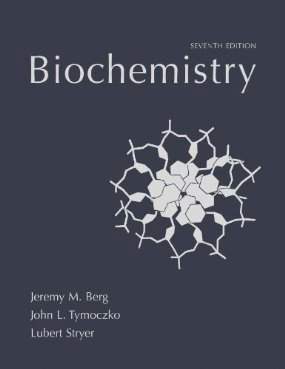Connecting...

For more information, please see full course syllabus of Biochemistry
Biochemistry Glutamine & Alanine: The Urea Cycle II
Once carbamoyl phosphate is formed, the urea cycle begins. Ornithine reacts with the carbamoyl phosphate to form citrulline in the mitochondrial matrix. Then, citrulline migrates into the cytosol, where it forms intermediate citrullyl adenosine monophosphate (citrullyl-AMP) by a reaction with ATP. This reacts with aspartate, and the AMP leaves, producing argininosuccinate. This releases a fumarate to form arginine, which is hydrolyzed to ornithine after releasing urea. The ornithine can then be used in the urea cycle again while the urea is transported to the kidneys for excretion through urine. Four enzymes play major roles in this process: ornithine transcarbamoylase (ornithine to citrulline); argininosuccinate synthetase (citrulline to citrullyl-AMP and then to argininosuccinate); argininosuccinase or argininosuccinate lyase (argininosuccinate to arginine); and arginase (arginine to orthinine).
Share this knowledge with your friends!
Copy & Paste this embed code into your website’s HTML
Please ensure that your website editor is in text mode when you paste the code.(In Wordpress, the mode button is on the top right corner.)
- - Allow users to view the embedded video in full-size.










































 Answer Engine
Answer Engine




Start Learning Now
Our free lessons will get you started (Adobe Flash® required).
Sign up for Educator.comGet immediate access to our entire library.
Membership Overview